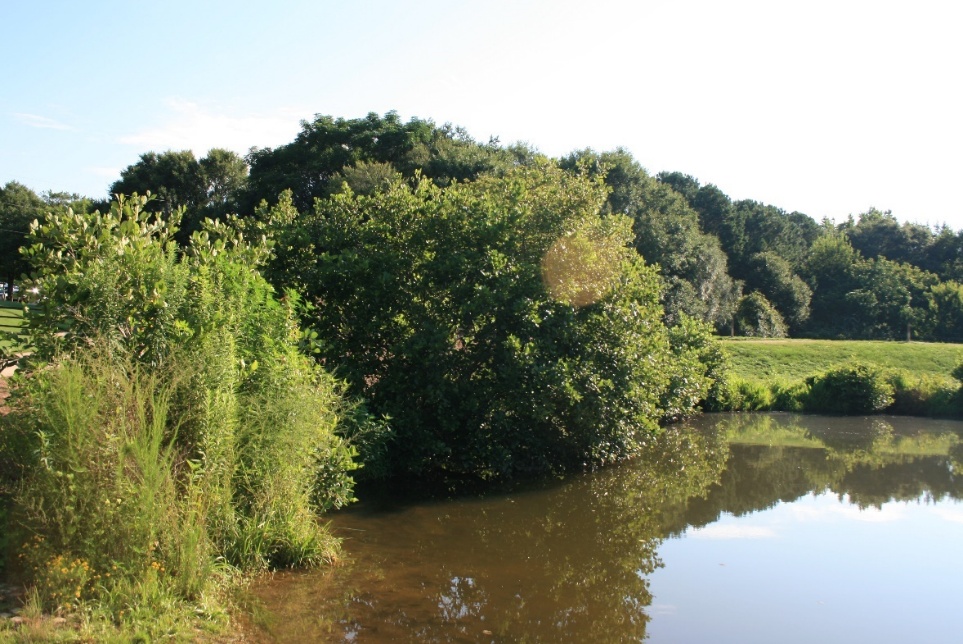|
|
While the plentiful rains of July brought temporary relief from
the agricultural drought, three months of very dry weather have
once again raised concerns across the state. The current drought,
which started in May 1998, has become even worse across
Georgia.
Concerns are being raised about wildfires and low stream flows,
reservoir levels, groundwater levels and soil moisture.
October is normally the driest month of the year, but rainfall
amounts were meager even for this dry month. Warm weather during
October has also increased the loss of soil moisture due to
evaporation and plant use.
October Dry Statewide
October precipitation for selected stations in north Georgia
includes Allatoona Dam at 1.7 inches (1.5 below normal), Athens
at 0.4 (2.9 below), Atlanta 0.8 (2.3), Hartwell 1.3 (2.2) and
Washington 0.5 (2.6).
For middle Georgia, the rainfall totals (and deficits) include
Columbus at 0.8 inches (1.4), Griffin 0.4 (2.7), Woodbury 0.6
(2.4), Macon 0.2 (2.0), Augusta 0.2 (2.7) and Louisville 0.3
(2.4).
South Georgia totals (and deficits) include Americus at 0.1
inches (1.8), Alma 0.3 (1.9), Brunswick 0.2 (2.7) and Savannah
0.2 (2.2).
These dry conditions follow several months of below-normal
rainfall across the state. Since Aug. 1, Atlanta has had 4.0
inches (6.1 inches below normal), Athens 3.1 inches (7.2 below),
Columbus 1.9 (7.2), Macon 5.2 (3.4), Augusta 5.0 (5.7) and
Savannah 9.5 (4.8).
Wildfire Danger High
The low rainfall amounts have contributed to increased potential
for wildfires statewide. A killing freeze over most of the state
and falling leaves have increased the amount of dry vegetation
available to fuel wildfires.
The Georgia Forestry Commission rates the wildfire danger as high
to extreme across most of the state. It’s important that hunters
and anyone else using Georgia’s forests be particularly careful
with fire sources such as matches and cigarettes.
Water restrictions are still in effect across the state. Major
reservoirs remain very low in north Georgia. In south Georgia,
groundwater levels are extremely low. Most streams in the state
are at or near record low levels.
Agriculture Affected, Too
The drought is also affecting the state’s agriculture. Dry
conditions and killing freeze have brought pasture growth to a
virtual halt. Some farmers are supplementing pastures with hay.
Small-grain farmers are delaying planting because of dry
soils.
The winter outlook from the Climate Prediction Center doesn’t
offer much hope for improvement. They predict equal chances of
above-, near- and below-normal temperature, but an increased
chance of dry conditions through the winter.
Since winter is the season when most soil moisture is recharged,
this may foretell problems going into the next growing season.





